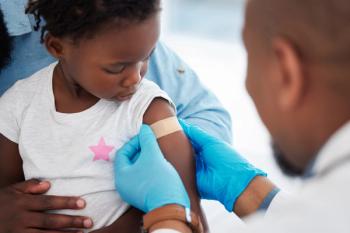
Guidelines for vision screening revised
New evidence-based guidelines update recommendations for automated vision screening to detect amblyopia and other eye abnormalities in children before they can read traditional eye charts.
New
The Vision Screening Committee of the
Recommendations include separate screening criteria for toddlers aged 12 to 20 months, early preschool children aged 31 to 48 months, late preschool and kindergarten children aged 49 to 72 months, and those aged older than 72 months. Children who can read linear letters have the option of traditional optotype recognition for screening.
The guidelines also establish a lower referral rate for amblyopia by raising threshold values and include detection of significant media opacities and manifest (not intermittent) strabismus at all ages. Instruments that detect amblyopia should report results using the presence of amblyopia as the gold standard.
The committee notes that prevalence of amblyopia risk factors in preschool children is greater than previously suspected, and early detection is critical. The disease is treatable until the child is aged 60 months, although effectiveness of treatment declines.
The US Preventive Services Task Force has
Newsletter
Access practical, evidence-based guidance to support better care for our youngest patients. Join our email list for the latest clinical updates.










